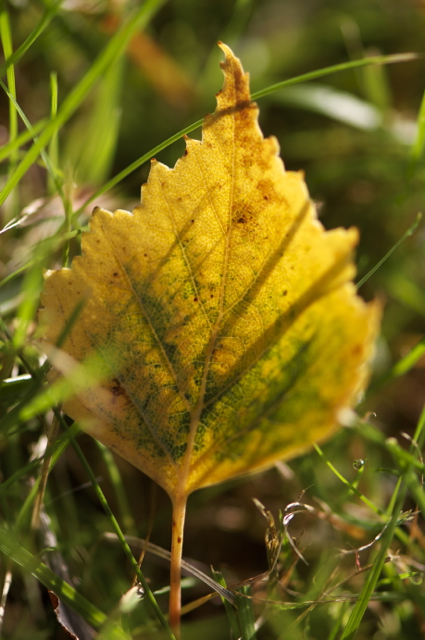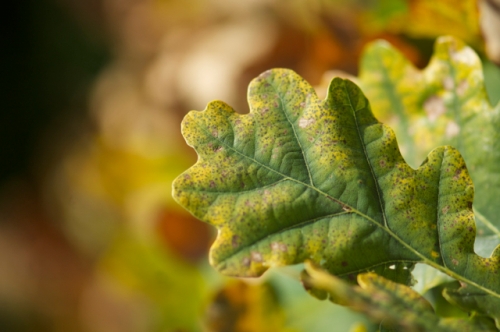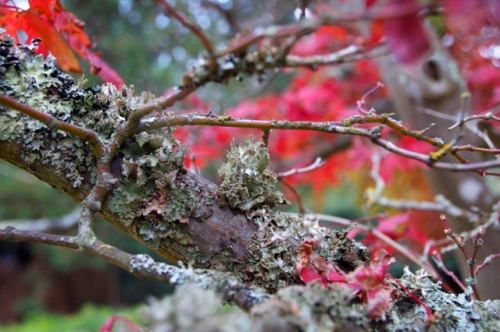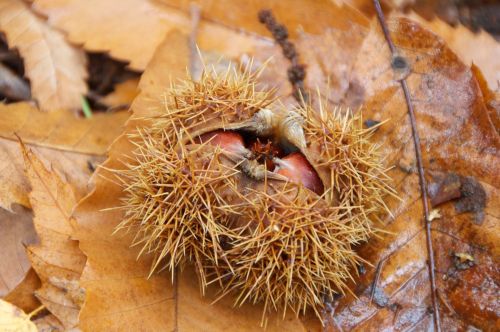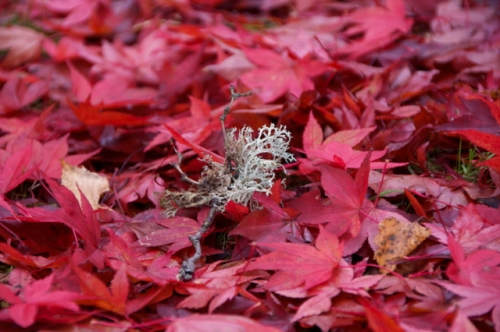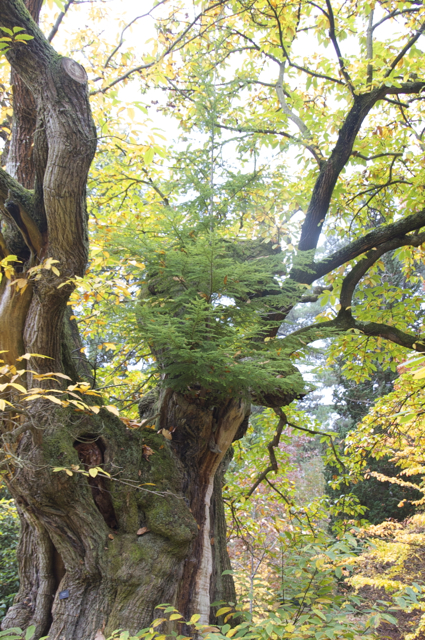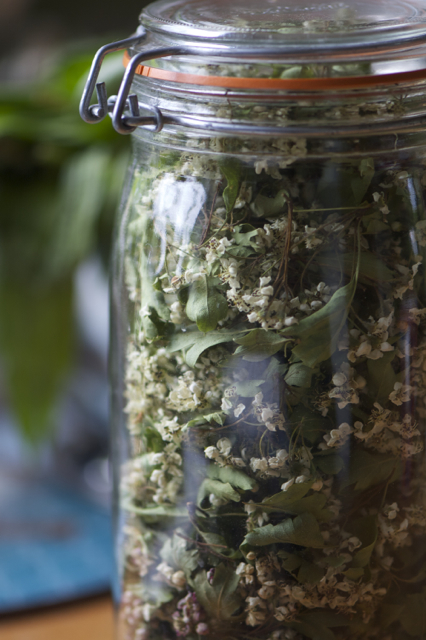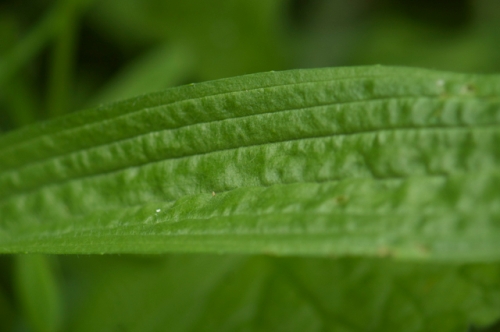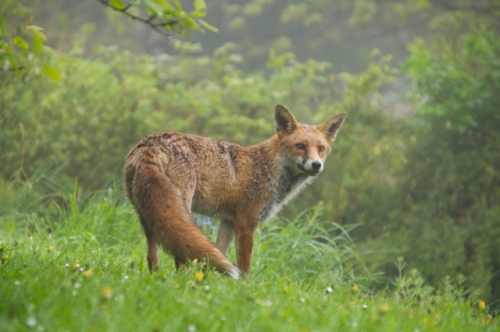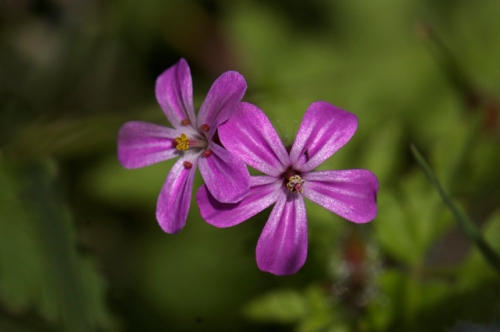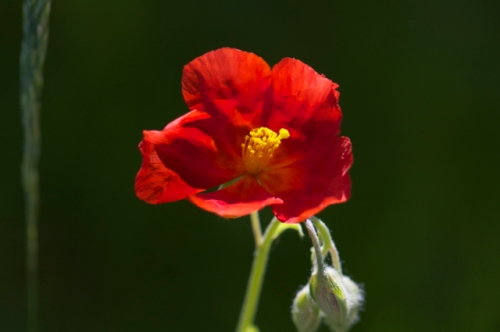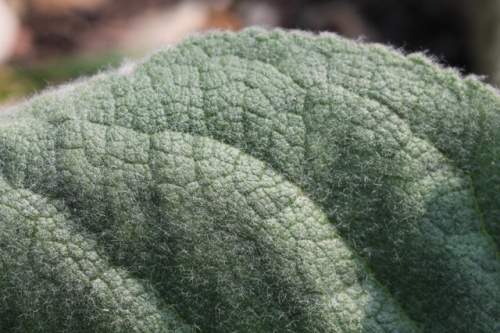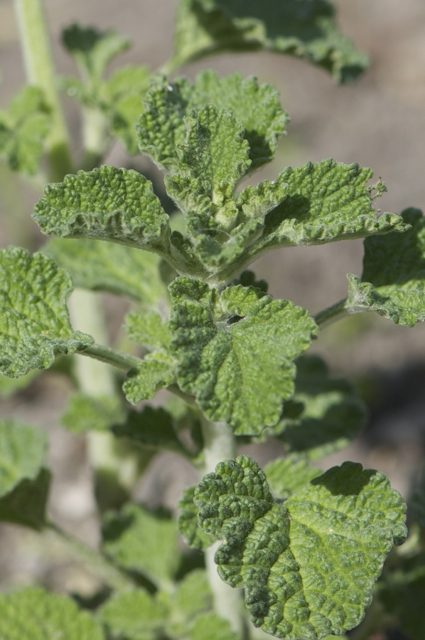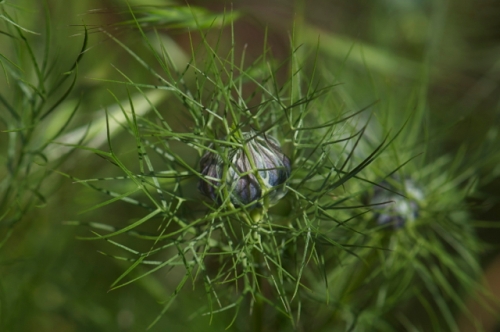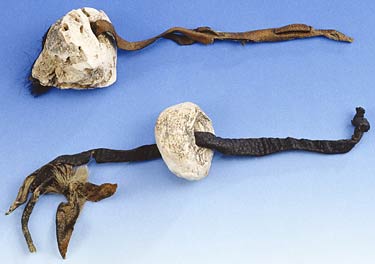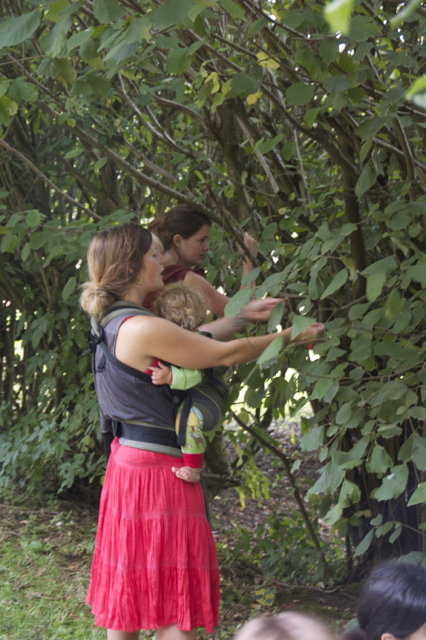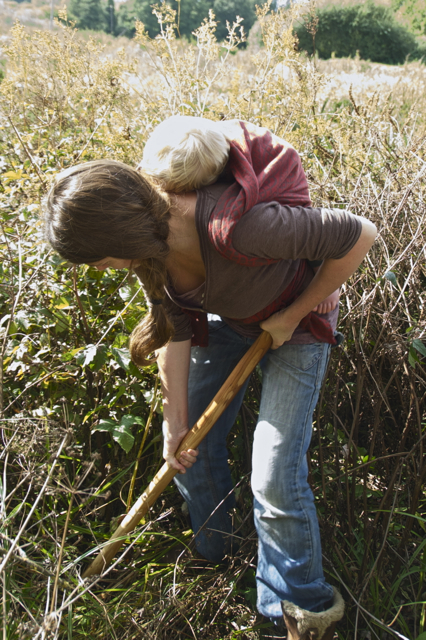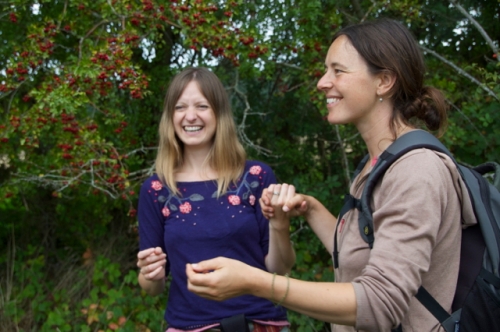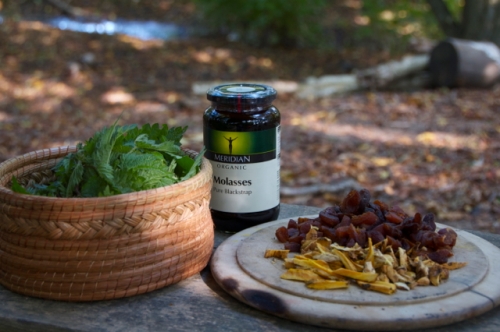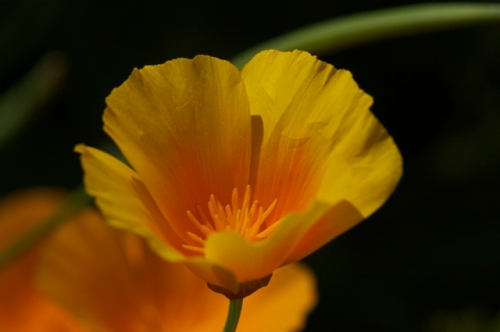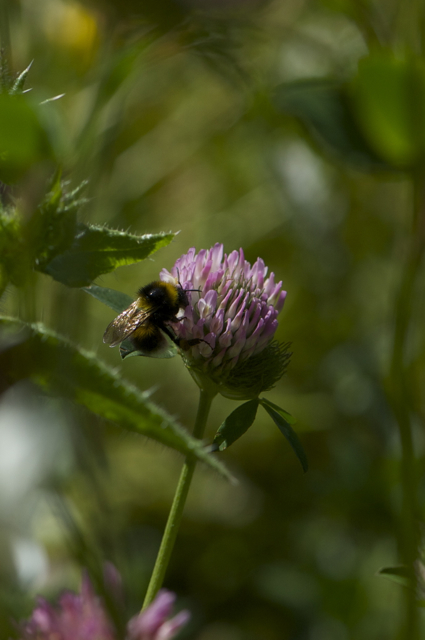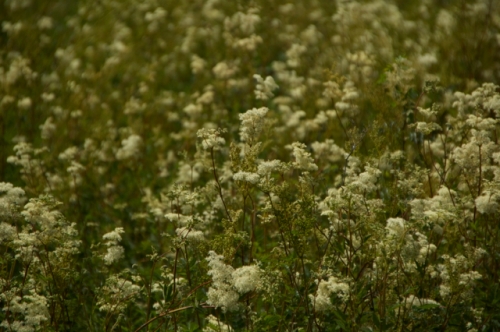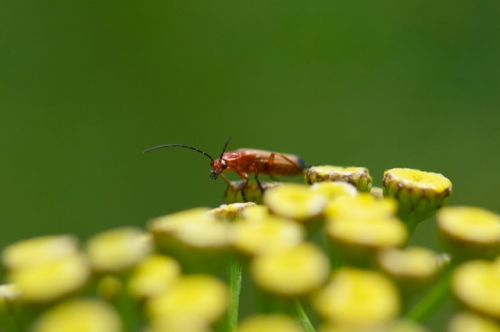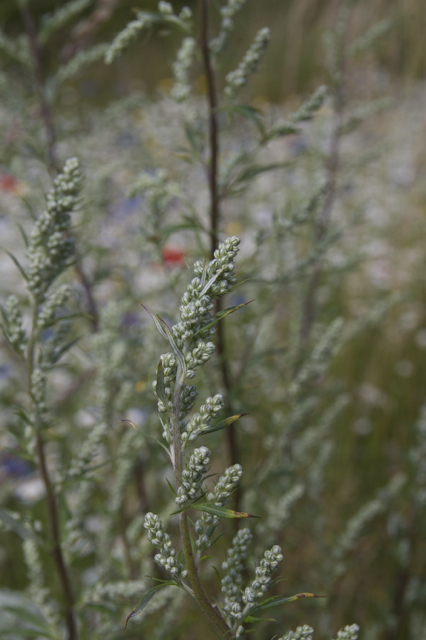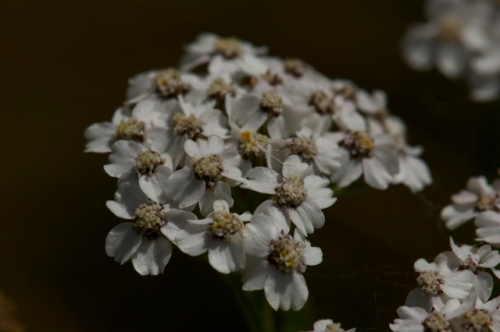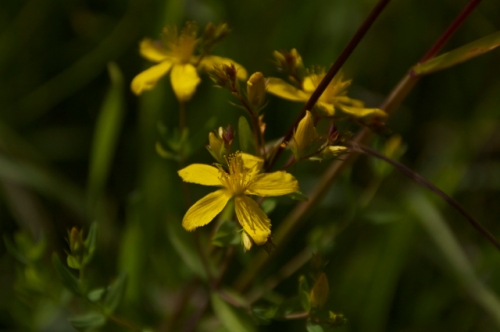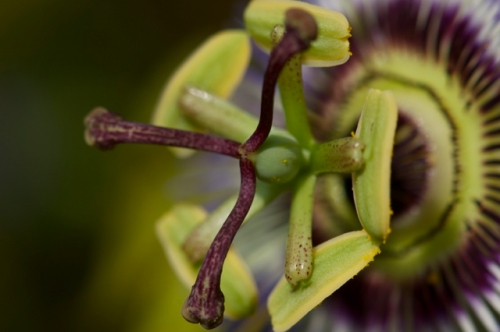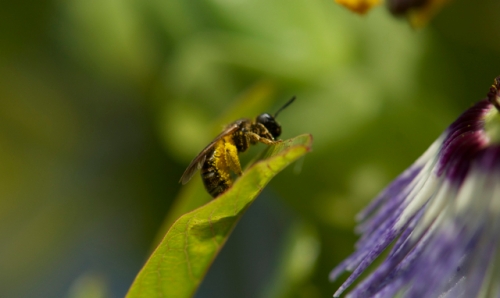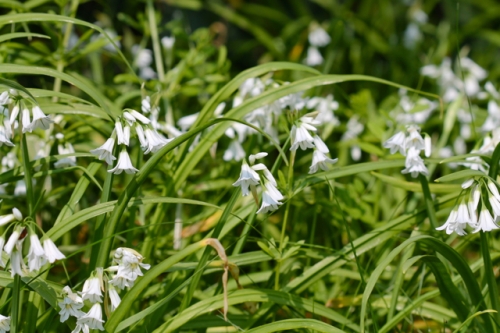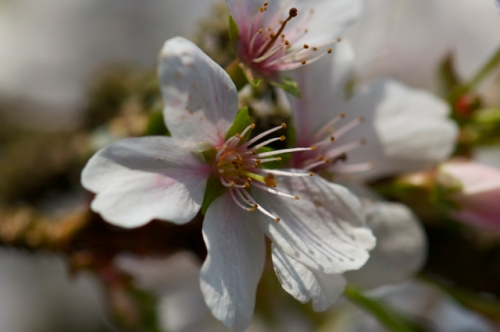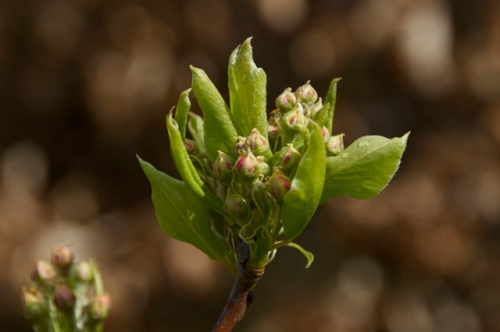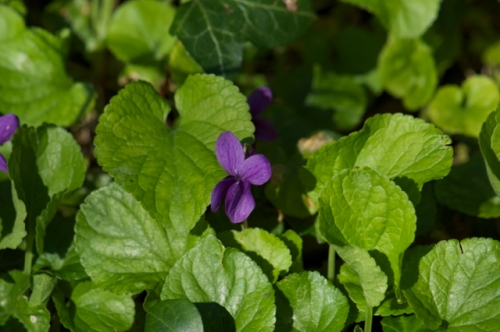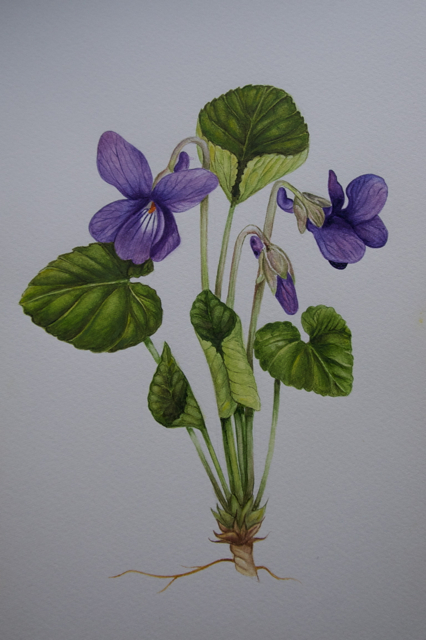
Once in a while a medicinal ally comes along that completely captivates my heart and mind. Over the last year or so the birch polypore fungus has been the ally in question and it is everything that ‘the people’s medicine’ should be – local, abundant, safe and powerfully healing.
Latin – Pitptoporus betulinus – Piptoporus comes from the latin meaning ‘pores cast down’ and betulinus from its host tree, the birch.
Common name – Birch Polypore, also razor strop fungus, birch conk, birch bracket. The name polypore refers to its many pores, situated on the underside of the fruiting body from which the spores are released.
Taste – bitter, slightly sweet and earthy.
Smell – I would consider the smell to be rich and mushroomy though the legendary Roger’s mushroom guide describes its as having a ‘distinct or odd smell (not mushroomy).’ So you will have to make up your own mind on that!
Actions – Immune tonic, anti-inflammatory, anti-tumour, anti-parasitic, anti-septic, anti-viral, anti-bacterial, styptic.
For further information on taxonomy and identifying this mushroom please see here and here.

The birch polypore grows from a single lateral attachment point on birch trees, being subglobose at first, then expanding to a bracket measuring approximately 10-20 cm across. It is white to begin with, the cap changing to a beige/tan colour and then darkening or greying with age. The underside is white and contains many pores which release their spores into the air. Spores land on exposed areas of birch trees, where branches have broken for example, and begin to grow hyphae which spread to form a mycelial network through the tree. It is considered weakly parasitic on birch trees, a healthy tree will be able to contain the spreading hyphae but in one that is aged or diseased the fungus will begin the gradual process of breaking it down. The fruiting bodies are annual, unlike some of our other common bracket fungi which may live for years, but they are often gnawed by insects before the end of this period so they are better picked young.

Newly erupting fruiting body in the top left and more mature specimen in the bottom right.

Young specimen
Birch polypore grows freely in the temperate forests of Europe and North America and its ethnobotanic uses have been wide and varied. From medicine to tinder, knife sharpener and sweat band, this fungi has been employed in many more ways than your average mushroom. Like the more famous tinder fungus, Fomes fomentarius, it is able to carry a spark from one campsite another, easing the task of firelighting, and in more recent times it was cut into strips and used to sharpen knives, especially by those who could not afford leather, giving it its common name, the razor strop fungus.

It shot to fame after it was found on the body of Ötzi’, a 5300 year old mummy found preserved in the ice in the Italian Alps. Amongst his kit Ötzi’ carried two strips of hide onto which had been threaded pieces of birch polypore. As he was later found at autopsy to be infected with intestinal parasites against which the birch polypore is active, it has been theorised that he was carrying them as treatment and also as a possible anti-septic incase of minor injuries.
Of course to me it is the medicinal properties of this wonderful fungus that are most fascinating and it has a variety of applications which make it a very useful addition to the herbalist’s cabinet. Like our more famous medicinal mushrooms birch polypore contains primary metabolites (polysaccharides) and secondary metabolites (such as triterpenes) that are beneficial for health. Its traditional uses are backed up by research yet it is still not common in the dispensaries of most modern herbalists who tend to rely on the more famous imported medicinal mushrooms.
Like those more famous medicinal mushrooms birch polypore makes a wonderful immune tonic as it contains polysaccharides which are mostly glucans, known to be some of the most effective immune enhancing compounds available.

It has been shown to be a useful support in the treatment of cancer in a number of ways. Alongside providing general support to the immune system, it also inhibits angiogenesis, the formation of new blood cells which occurs in tumour growth. In one study anti-cancer effects were “attributed to decreased tumor cell proliferation, motility and the induction of morphological changes. Of note is the fact that it produced no or low toxicity in tested normal cells.” (1) Another in vitro study on colorectal cancer showed that “Studied extracts highly decreased the viability of cancer cells, slightly inhibiting proliferation and tumor cell adhesion in a time- and dose-dependent manner.” (2) It also found that the extracts studied had very low toxicity to normal cells making it a safe and effective treatment.

The relationship of birch polypore to its host tree is key to its healing actions. It will grow on other trees only if they are artificially inoculated, in nature it is found exclusively on birch trees. One facet of the birch polypore’s healing actions is the concentration of betulinic acid which it potentiates from it’s host tree. Betulinic acid has been shown in various studies to initiate apoptosis, or death of cancer cells. (3) In 2001, an extract of birch polypore containing betulinic acid showed useful antiviral action against HIV by blocking its reproduction. (4)

Birch polypore has also been shown to contain compounds that are matrix metallo-proteinase inhibitors, which can also slow cancer cell proliferation. (5)
It has been shown in various studies to be anti-inflammatory, mainly due to triterpene acids. (6,7)
It is considered a great wound herb, not just for its anti-inflammatory properties but because it is anti-septic, anti-bacterial and helps to stop bleeding. An anti-biotic called Piptamine has been isolated from it and the whole mushroom is said to be effective against various strains of bacteria including E. coli. It can be used to make a perfect plaster when in the field by scoring a rectangle into the underside, then peeling it back slowly and carefully. It is absorbent and holds in place well. Apparently here in Sussex it used to be burnt into a charcoal and used as an anti-septic. I haven’t tried this method yet but it is on my to do list, especially because of the local ethnobotanic connection!

Birch polypore plaster
It also has a lot of potential as an anti-viral. Renowned mycologist and author of Mycelium Running, Paul Stamets has reported that it is active against flu, cowpox, yellow fever and other potentially deadly viruses.
Birch polypore has also been reported to be an aromatase inhibitor, meaning it helps to prevent the conversion of androgen hormones into oestrogen. This is important in both men and women as high oestrogen levels are linked to many hormonal imbalances and cancers.
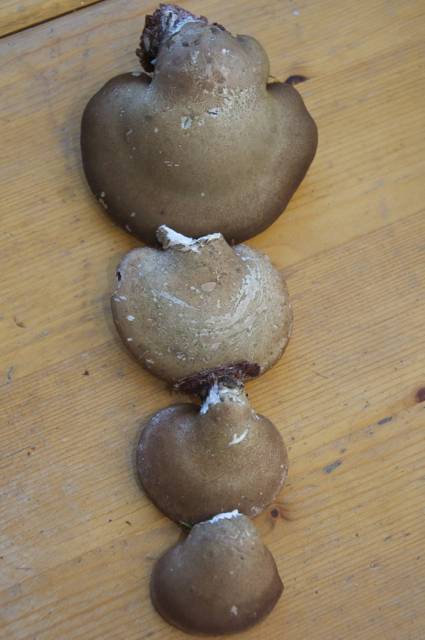
How to Prepare:
I have mostly been using my birch polypores as either a tea or a tincture. I have been drinking a cup of the tea a few times a week as a general immune tonic over the winter months and I made a delicious birch polypore and elderberry syrup last autumn.
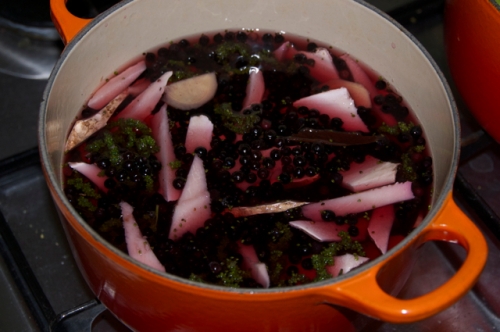
Birch polypore and elderberry immune tonic on the hob.
The tea should be decocted, or gently simmered in water, rather than just left to infuse as tougher parts of plants or fungi need a bit more energy to give up their constituents. A rough recommended dosage would be 1 cup of decoction made with 5-8g dried mushroom per day. The dried (or fresh) mushroom should be added to a pan with the water and allowed to simmer gently for about an hour. If there is a specific health concern then this dose could well be higher but it is best to see a practitioner in that case. If you find the taste of the tea too bitter you can freeze it in ice cube trays to make a medicinal stock which can be added to soups or stews where the flavour will be disguised.

Medicinal mushroom stock ice cubes
Medicinal mushrooms have traditionally been extracted in water, via decoction, to maximise the polysaccharides. The triterpenes and other secondary metabolites tend to extract well in alcohol however so a decocted tincture is ideal to capture a wide range of the mushroom’s constituents. I plan to follow up this post with another describing how to make a decocted tincture in detail and will update the link here when I do.
For storage purpose you can slice the mushrooms and allow to dry, usually a pretty quick process, then store in a jar or brown paper bag out of direct light until ready to use.

Birch polypore dries to a lovely light, velvety material which is a pleasure to touch and stroke. Inspired by a friend of a friend, a German herbalist who had carved a ball from it, I decided to experiment with some polypore craft of my own. Firstly I made a ring, though the flaw in this plan soon became obvious as it rehydrated every time I washed my hands and I ended up with a soggy band of mushroom around my finger! Next were some slightly rustic Christmas decorations which ended up being recycled into tea. Finally I decided to follow in the footsteps of the iceman himself and settle on threading my birch polypore onto a cord to make a necklace. It makes a lovely tactile bead to wear and I enjoy the feeling of connection to a medicine I am using so frequently at the moment… that is, as long as I remember to remove it before the shower!

I hope you get chance to get to know this wonderful ally and work with it yourself. Please remember that even though it is abundant, it is performing a vital task in its environment and it is wise to harvest responsibly, taking a few mushrooms from here and there rather than all from one or two trees.
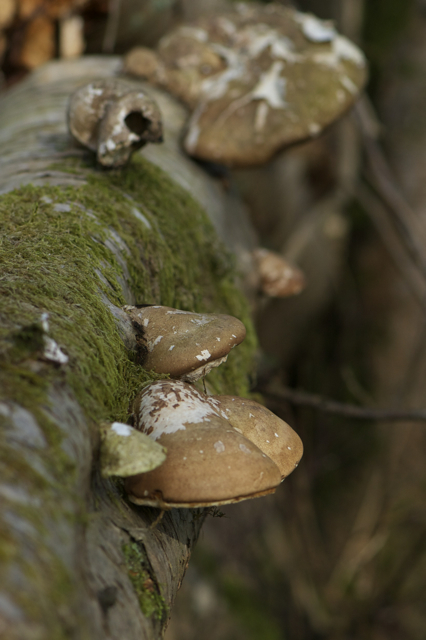
Happy belated Imbolc to you all!
References:
1. Lemieszek et al – Anticancer Effect of Fraction Isolated from Medicinal Birch Polypore Mushroom, Piptoporus betulinus – Int. Journal of Medicinal Mushrooms. 2009; 11(4): pages 351-364.
2. Cyranka M et al – Investigation of antiproliferative effect of ether and ethanol extracts of birch polypore medicinal mushroom, Piptoporus betulinus Int. Journal of Medicinal Mushrooms 2011;13(6): pages 525-33.
3.Fulda S – Modulation of Apoptosis by Natural Products for Cancer Therapy -Planta Med 2010; 76(11): 1075-1079
4. Kanamoto T. et al – Anti-human immunodeficiency virus activity of YI-FH 312 (a betulinic acid derivative), a novel compound blocking viral maturation – Antimicrobial Agents and Chemotherapy 2001; 45(4): pages 1225-1230
5. Kawagishi H. – Novel hydroquinone as a matrix metallo-proteinase inhibitor from the mushroom, Piptoporus betulinus – Biosci Biotechnol Biochem. 2002; 66(12): pages -2748-2750.
6. Kemani Wangun et al. – Anti-inflammatory and Anti-hyaluronate Lyase Activities of Lanostanoids from Piptoporus betulinus – The Journal of Antibiotics. 2004; 57 (11): pages 755-758
7.Kamo T. et al – Anti-inflammatory lanostane-type triterpene acids from Piptoporus betulinus – Journal Nat Prod 2003 66 (8): pages 1104-1106.


